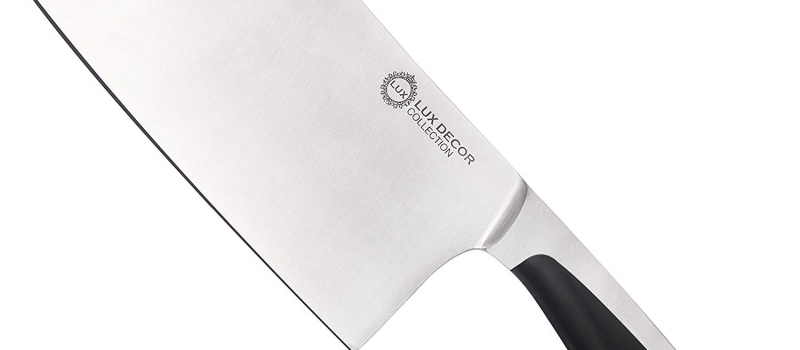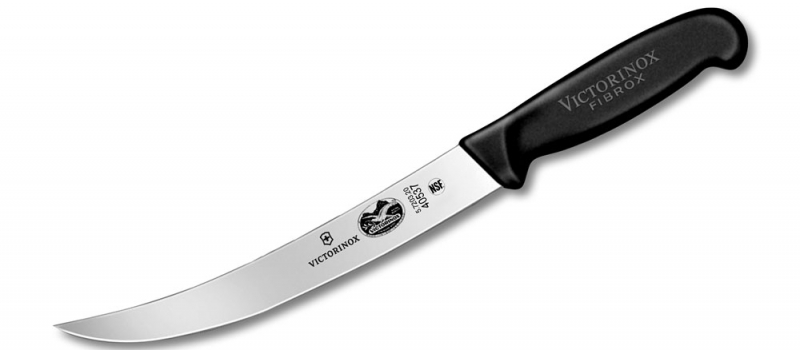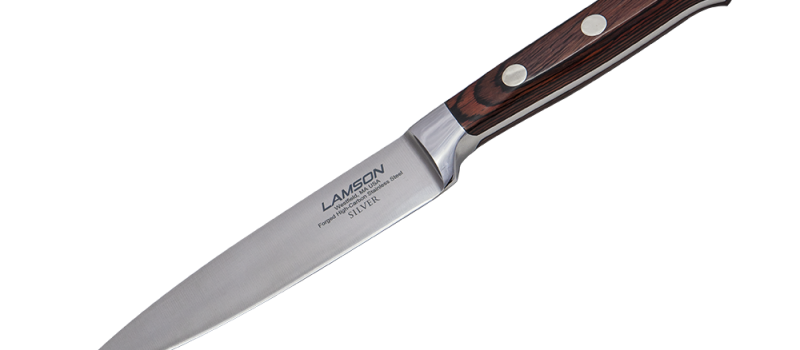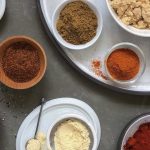A Simple Guide to Choosing the Best Knife
A good knife is a chef’s best friend in the kitchen. Here’s everything you need to know about which knives to buy.
Chef’s Knife
A chef’s knife is the first to come to mind when thinking about slicing, dicing, or any activity in the kitchen that involves a knife. That’s because the chef’s knife is one of the most versatile instruments. It does, however, have certain specialties. The chef’s knife is ideal for: cutting raw meat, cutting vegetables and herbs, and chopping nuts. It is not ideal for cutting through bone or dense meat.

Butcher’s Knife
The butcher’s knife, as its name implies, is perfect for all things preparation of meat. Its heavy set blade and handle make it ideal for slicing through bone, cartilage and dense meat. The only weak point of the butcher’s knife is that it is difficult to be precise with which means it is not ideal for cutting small produce and making thin slices.

Breaking Knife
A Breaking knife is similar to a butchers knife but with some distinction. A breaking knife’s blade is thinner which allows it to pierce the meat and bone with more precision. This knife is also excellent for trimming fat from cuts of meat. The breaking knife, however, does not excel at breaking large bone and should only be used to break small bones.

Utility knife
Utility knives normally are smaller, around 5 inches in length. Once again aptly named, the utility knife is good for most things in the kitchen. Utility knives are good for butchering animals as well, however, they work best when removing the hides and scales from animals. They are not a good tool for cutting meat and bone.







